crafting outside the chocolate bar box
ideas to help stretch chocolate
My hope for this post is to offer up ideas and inspiration for chocolate makers—those with a business aiming to sell their wares, just as much as for anyone who loves to make chocolate for their own use—that can help make our batches stretch further.
One of our calculations as makers in business is to know our profit margin, a number dependent on cost of our goods, including packaging per piece, and the weight of our products. It makes sense that if our cost to make the bar and wrap it costs us more than the price we ask for it, that we’re not going to make a profit.
You may have penciled your own numbers and wondered just how the bigger companies (especially big craft) sell their bars at such low prices: they make more to sell more. Big craft companies are priced higher than Big Chocolate, though usually not as high as small batch craft; like Big Choc they also go for volume: making as many bars in as short a time as possible cuts labor costs—the highest of all costs in business—and for production efficiency, which also saves time + money.
Pro-tip: taking a cue from big makers, the smaller we are, the more efficient our production should be.
Here’s a post about exactly that.
Of course, small makers rarely have automated bar-wrapping machines or lots of employees to load the machines, so our production volume is low by design. Creative makers embrace low as a business model, as part of “why they do what they do,” and not as a business deficit. Note the qualifier creative.
The key equation in the low volume business model, whether it’s chocolate or a handmade violin or a Birkin bag, is to understand how critical it is to sell at the highest price. Price is a whole lot of things. I can’t just slap $40 on a bar and chuck that bar onto a fold-up table covered in the same cheezy tablecloth as everybody else selling at the chocolate show, just because I believe my bar is worth that price.
This is where branding comes in, which includes not just the design and quality of our packaging or our charming story or the lingo we use or the award stickers or how long we’ve been making chocolate, but in all aspects of these things it considers placement: where we sell, which is how we help the people our bars are for, find them, and want to buy them.
What about now when the cost of being a chocolate business or a chocolate hobbyist is getting higher?
We can add value where it didn’t exist: subscriptions are an example of this because the added value to our customer is the lovely idea of chocolate just showing up every month.
Or as I wrote earlier, we sell at the highest price but! that doesn’t mean we raise our prices. Maybe you need to; maybe raising prices makes sense. It is a big decision, and I recommend it be an informed decision. Nor do I mean we use the shrinkflation tactic and put a smaller bar in a bigger package and price it the same as it was before.
We add products to our lineup that either aren’t solely chocolate, or, as Sophia at Projet Chocolat likes to say, we “add air” in the way of inclusions, which makes the chocolate go further.
Re-imagining our products is how a low volume model makes us happy, keeps us sane, and keeps us in business. Here’s my list—you likely have your own ideas.
Bark the more nuts and bits, the better.
Spreads because they must include nuts or seeds in a high enough ration to be “spreadable,” due to the nut/seed fat disrupting the cocoa butter crystals.
Seed or nutbutter cups a longtime fav with endless flavor possibilities
Cold brew cacao was one of my top sellers, and was a product I created in the early days of my business. Include instructions for brew-your-own, or make it and sell it in your shop or pop-up.
Hot cocoa isn’t the same as drinking chocolate, in that it can be crafted with part cocoa powder (if you are pressing your own cocoa butter this is a good use of the cocoa powder) and chocolate shavings/kibbles, and with milk powder or a plant-based alt milk like oat flour.
Chocolate-covered anything. Frozen bananas, marshmallows, fruits, dried fruits, nuts, graham crackers etc etc. Think of the object as a chocolate deployment tool.
Granola Chocolate bits in the granola or literally, chocolate in the granola recipe.
Snackish things like popcorn, trail mix, snack bars
Bespoke rice crispy bars would someone please make a cashew strawberry white chocolate one with bits of dried strawberry in it?
Pies. Not just baked goods (though, yes).
Ice cream I’m not a proponent of this for every maker because of the bacteria concerns; there’s a reason even the big and boutique makers have outbreaks of listeria. Listeria loves to grow its wicked self in the dark in cool places: ie, ice cream machines. If you don’t have a food handler’s license get one before you get an ice cream machine, unless you have worked as a professional pastry chef or ice cream maker before.
Instead of ice cream, chocolate syrup which is a science unto itself, but I used to make gallons of it.
Baked goods brownies, muffins, cookies, breads, cakes.
Drinking chocolate as a to-go, year-round, hot or cold.
Happy chocolate making,
Mackenzie


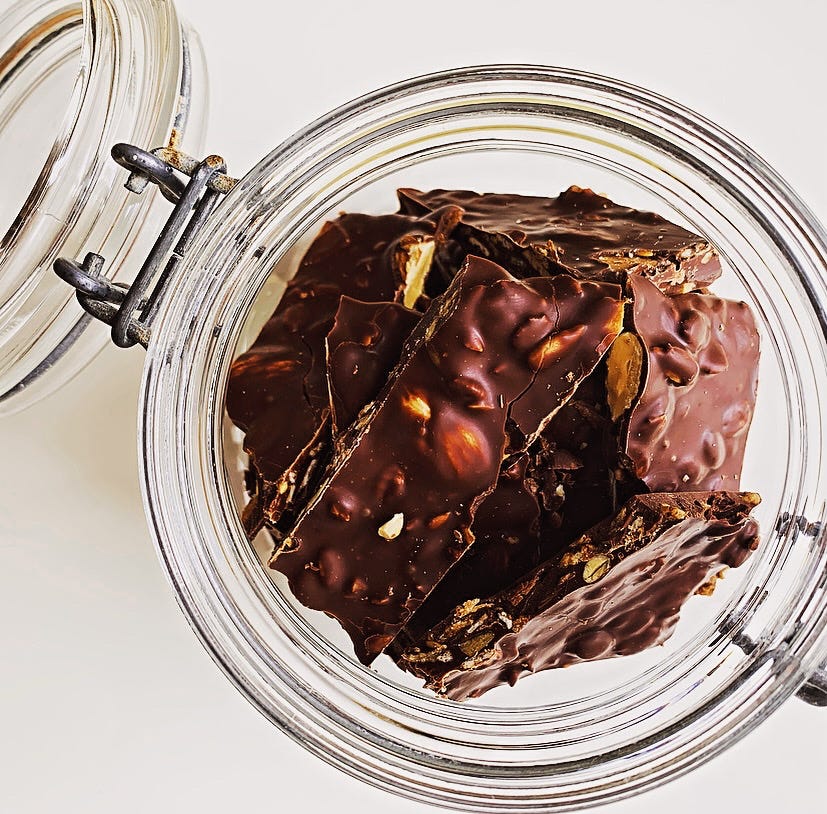
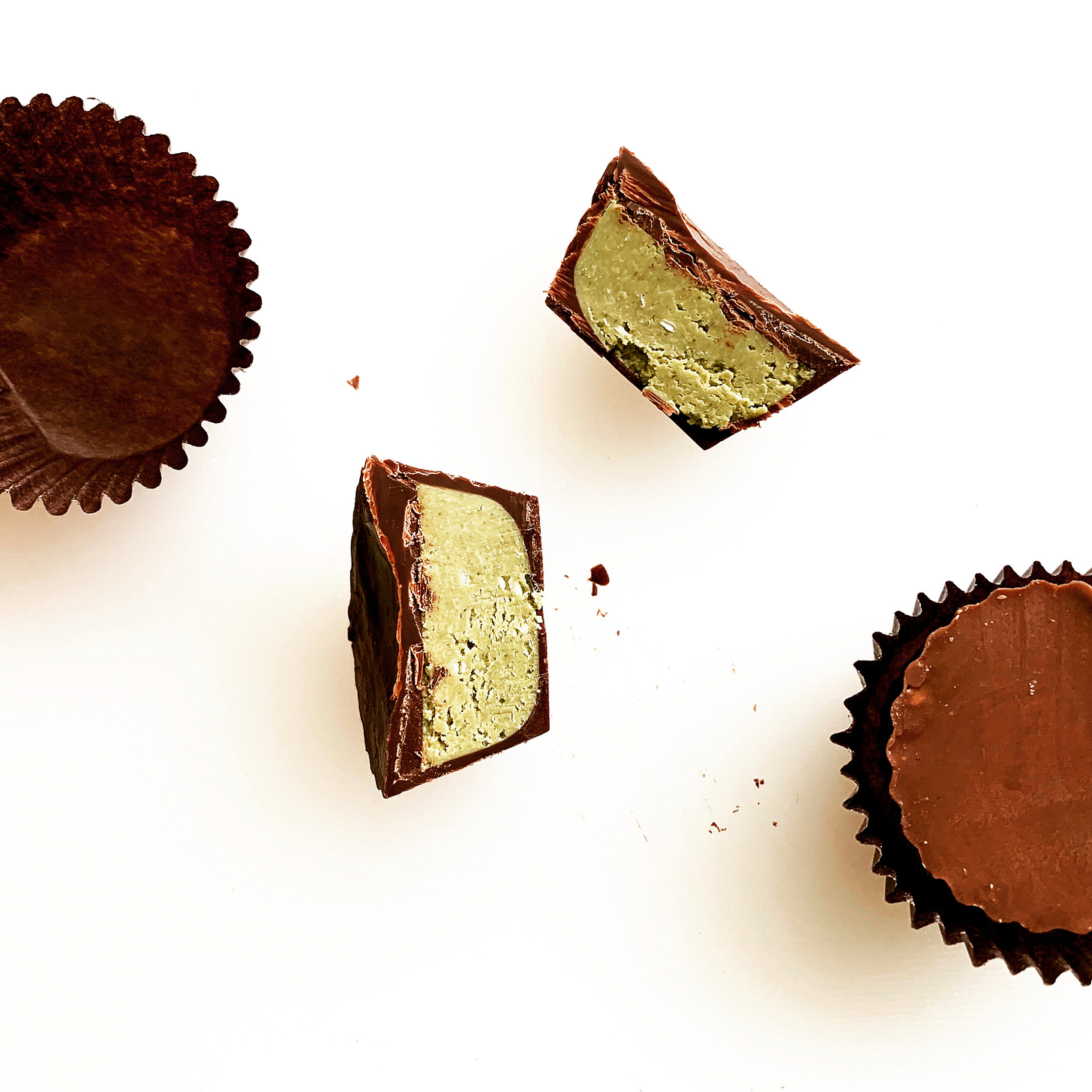
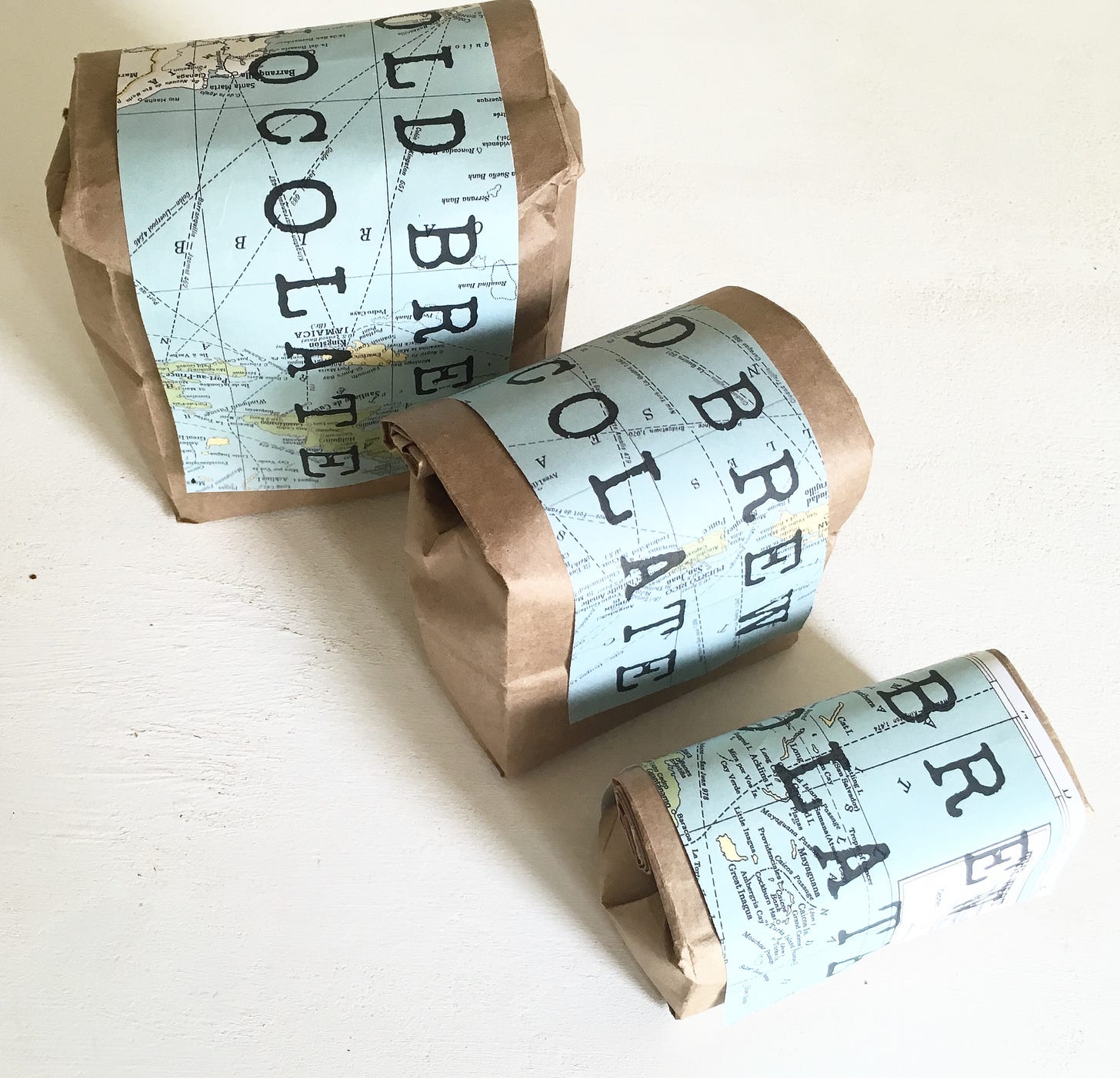
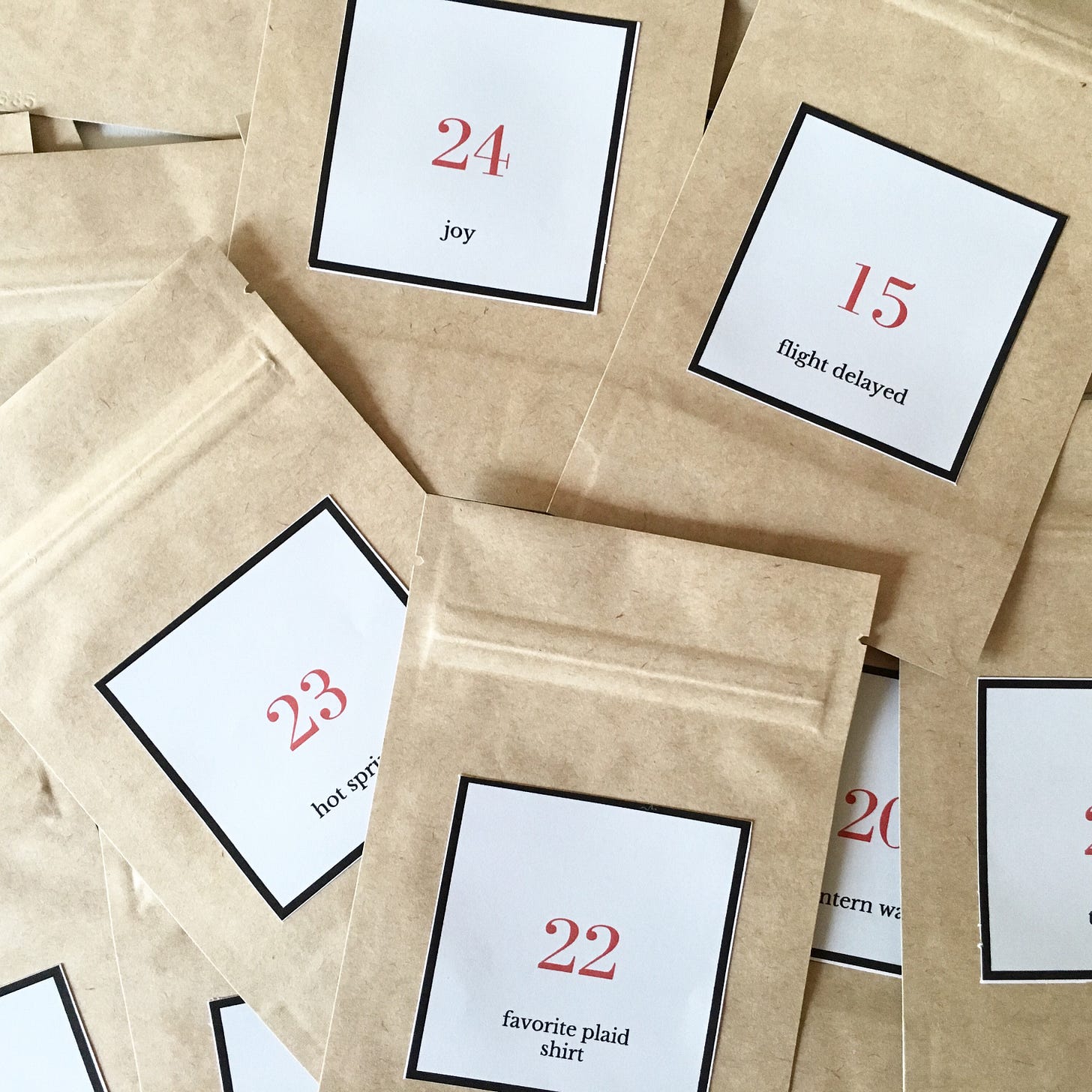
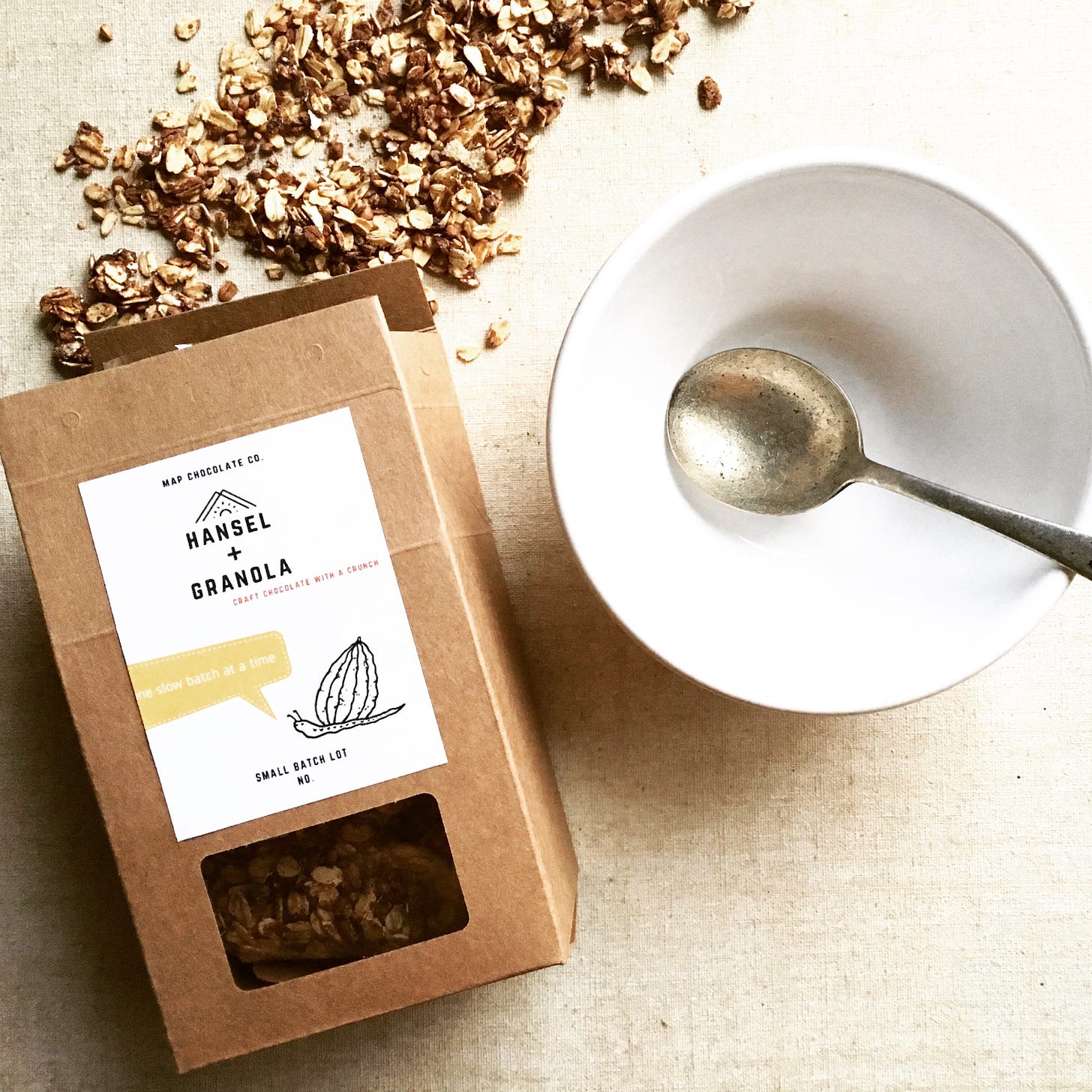
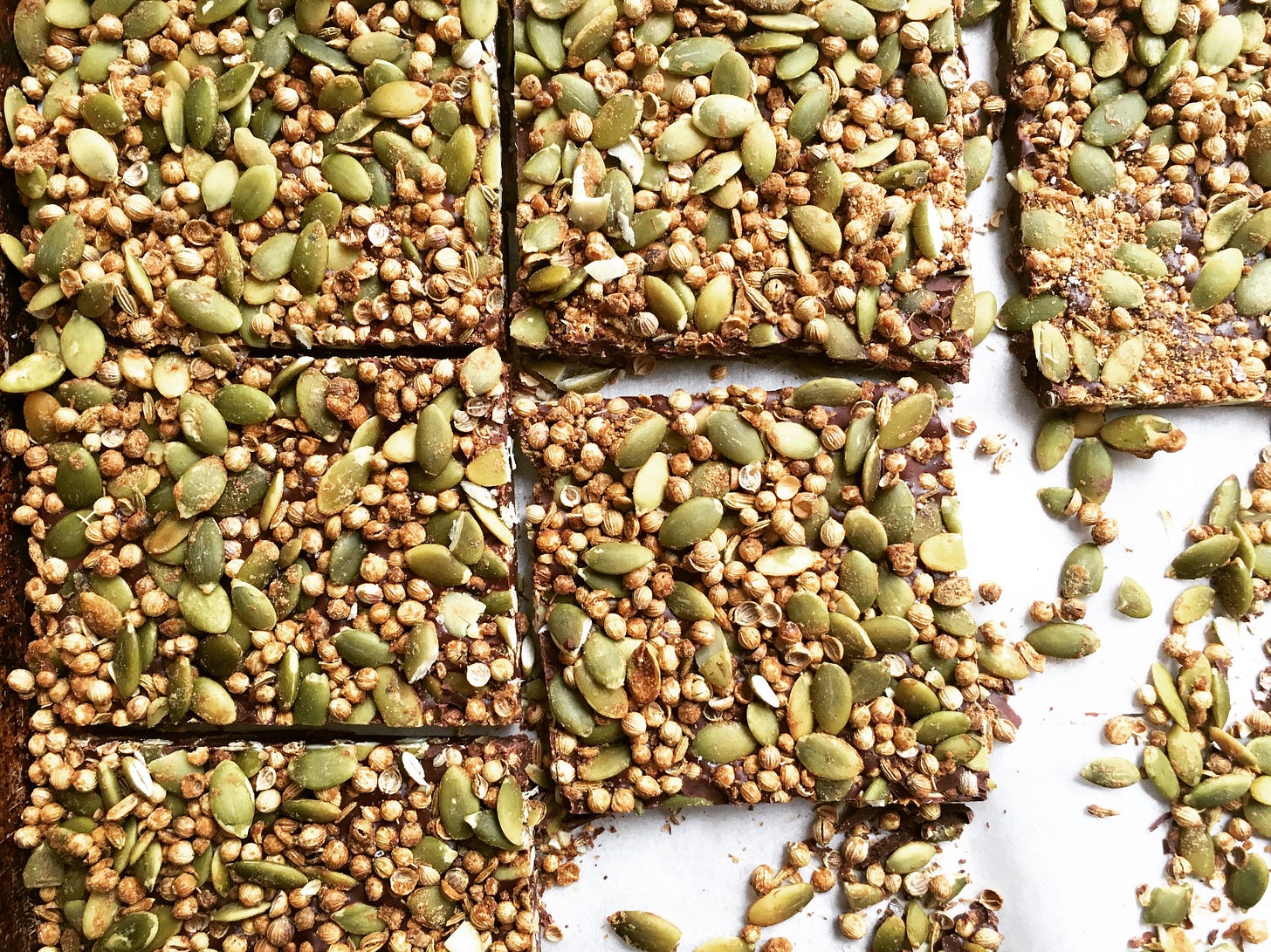


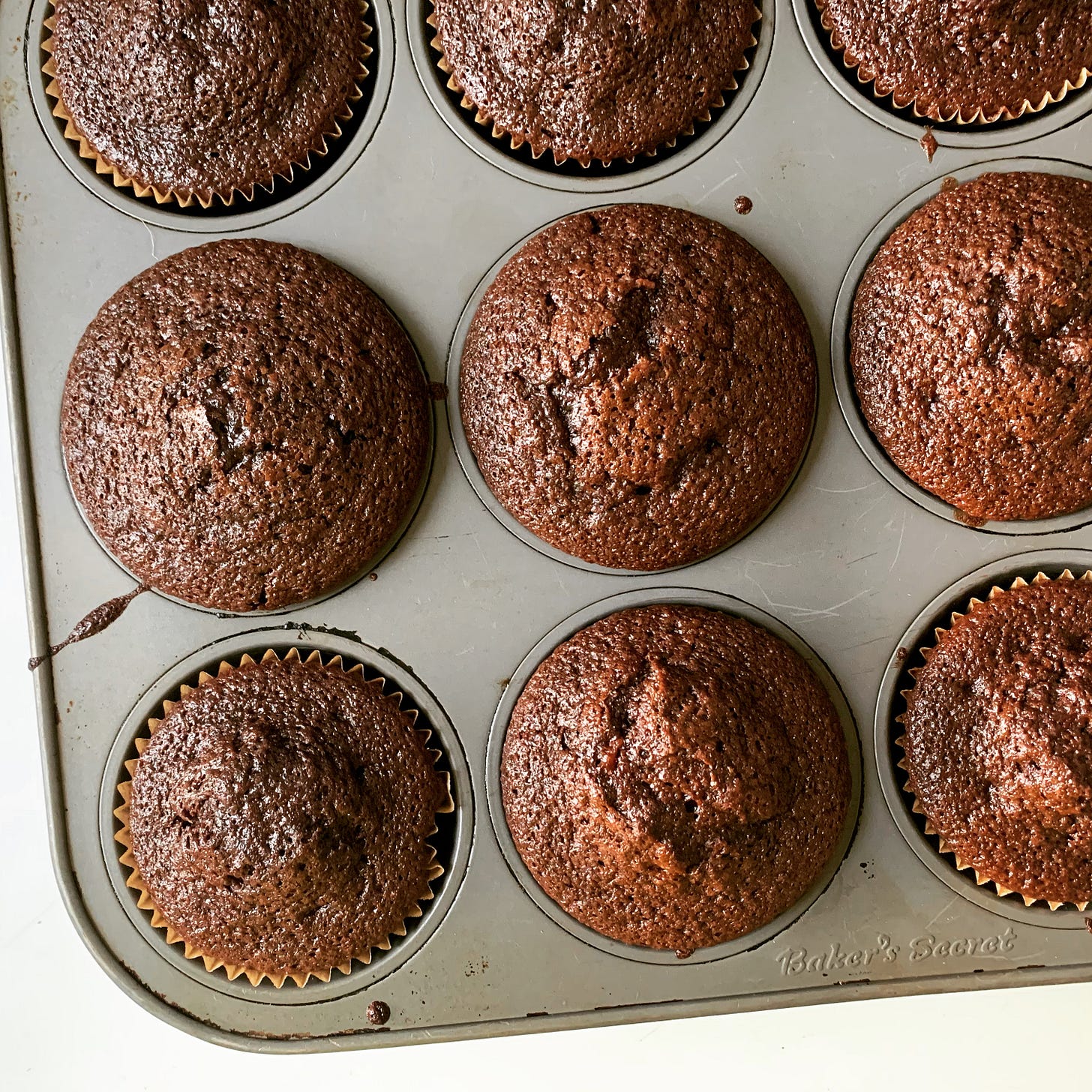
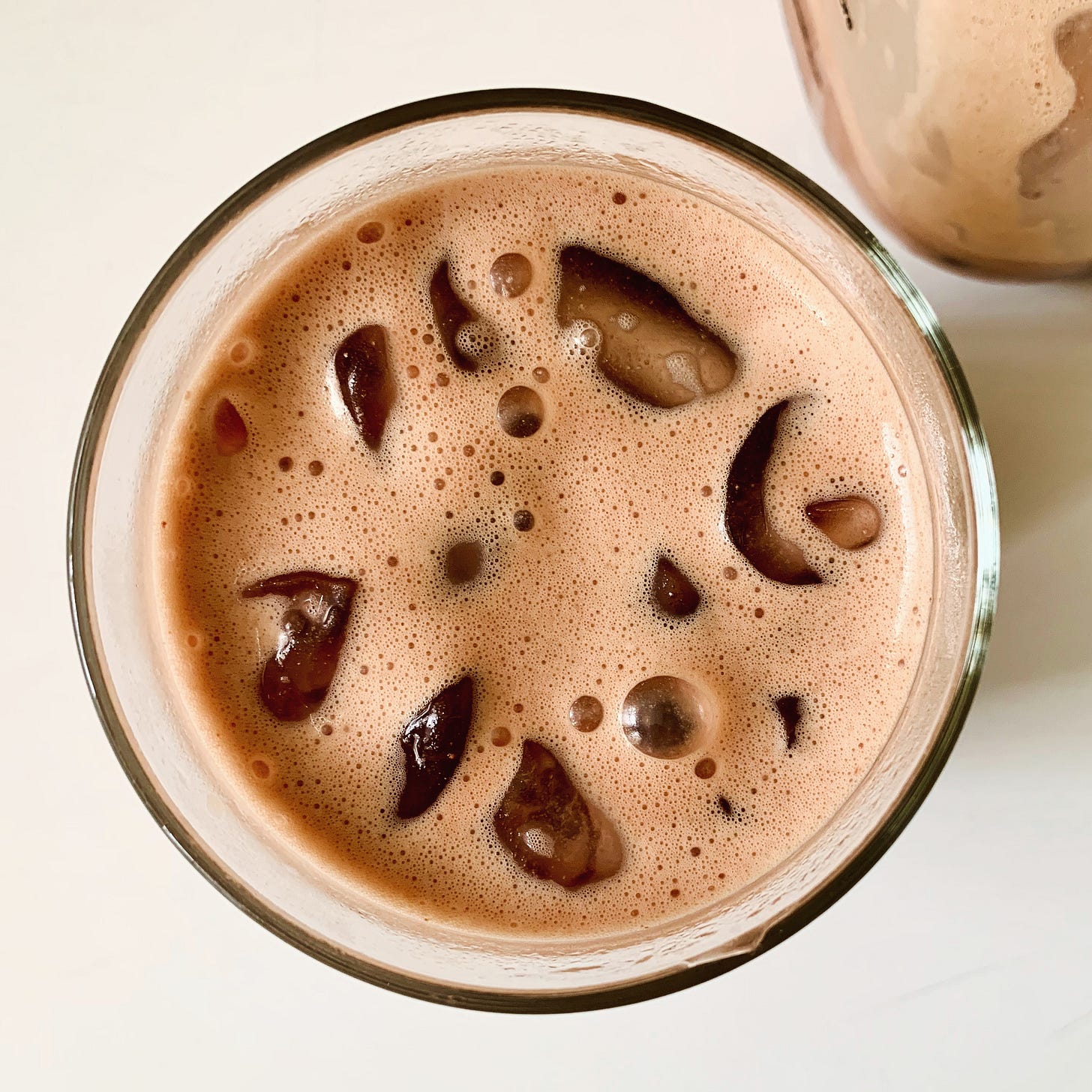
Thanks for the mention, Mackenzie! I have noticed an unconscious bias when it comes to chocolate. That is, bars are still considered candy while brownies, granola, cookies, and popcorn are considered food. Popcorn has an excellent markup, and you can stretch your chocolate. It's also light and easy to carry in a purse or backpack. It does not melt when using cocoa powder or cacao nibs. Air in food creates the feeling of something bigger in your mouth because it touches the sides. We can expect to see more of this in the coming years, and chocolate makers will need to come up with creative ideas to incorporate air into their chocolate offerings.